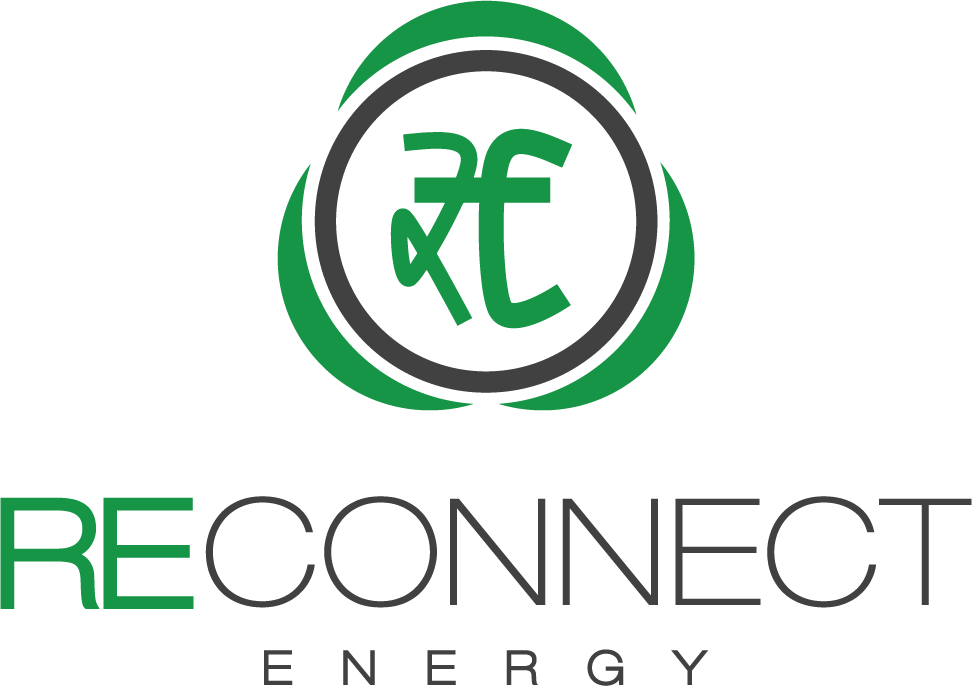India witnesses First Ever trade of REC
As every cricket fan in India would remember March 30, 2011 for a much hyped India-Pak Cricket World Cup semi-final, all the RE stakeholders in the country might remember the same date for some other reasons. This is the day, India witnessed the first ever trade of Renewable Energy Certificate (REC) at Power Exchange platform!
We are very proud to announce that REConnect partnered this landmark event in Indian renewable energy history by executing FIRST EVER trade of REC in India at Indian Energy Exchange!
A brief snapshot of the total REC trades executed is summarized below:
|
Indian Energy Exchange |
Power Exchange India Limited |
Total |
| Sell Volume (RECs) – Non Solar |
150 |
274 |
324 |
| Sell Volume (RECs) – Solar |
0 |
0 |
0 |
| Buy Volume (RECs) – Non Solar |
70377 |
324 |
70701 |
| Buy Volume (RECs) – Solar |
30001 |
3025 |
33026 |
| Market Clearing Price (Rs./REC) -Non Solar |
3900 |
2225 |
3062.5 (avg) |
| Market Clearing Price (Rs./REC) -Solar |
0 |
0 |
0 |
| Market Clearing Volume (RECs) – Non Solar |
150 |
274 |
424 |
| Market Clearing Volume (RECs) – Solar |
0 |
0 |
0 |
| Number of Portfolios Participated |
15 |
0 |
0 |
As expected, REC market stared with a supply constrained scenarioand buyers almost paid scarcity price in today’s trade. The same gets reflected from the available supply and demand for REC at both the Power Exchanges viz. Indian Energy Exchange (IEX) and Power Exchange India Limited (PXIL).
Following is the highlight of the REC trades that got executed at IEX and PXIL.
Dras�c Price Difference between two Power Exchanges:The demand and supply economics gets clearly reflected in the Market Clearing Prices that got discovered by both the Exchanges. Non-Solar REC prices at IEX touched Forbearance Price (Rs.3900/REC) whereas the at PXIL was just Rs. 2225 / REC.
- This can be very well explained by Demand to Supply ratio of Non-Solar RECs at IEX and PXIL.
- Demand to Supply ratio at IEX stood at staggering 469 against just 1.18 at PXIL.
- Very high demand base at IEX and highly constrained supply resulted into high price of non-solar RECs at IEX.
- Low demand base and almost similar number of RECs available for sale at PXIL resulted into a ’moderate’ level of prices at IEX.
Buyers becomes bullish about RECs: Even through very few numbers of REC being issued, buyers shown tremendous faith in the mechanism and came out with very aggressive bidding. The same gets reflected in the total number of REC buy bids received by IEX which alone received more than one lakh REC buy bids (Solar + Non-Solar) from various distribution licensees, open access consumers and voluntary buyers. This indeed is a very positive indicator for REC market as every stakeholder, so far has been carrying a concern over demand side participation in REC mechanism.
Rela�vely huge demand for Solar RECs: Market opened up its yet another surprise element in form of buy bids received for Solar RECs. Despite Solar RECs being priced almost 6 times that of non-solar RECs, buyers did not hesitate in expressing their interest in buying Solar RECs.
Exchanges compete tough for REC trade volumes:As only PXs are allowed to trade RECs and REC being a new market segment, both the Exchanges have been trying to attract as much participation as possible. IEX managed to create huge traction among buyers compared to PXIL whereas, PXIL managed to get marginally higher RECs from sale side. However, present market is very shallow in terms of supply side and would required good amount of liquidity – both from buy and sell side to ensure a true ’price discovery’.
High hopes for next trade session in April’11:Even through compliance year is ending with this March, the way stakeholders have responded (especially from buy side at IEX), we hope next trade session in April too would come up with good participation form buy/sell side and other interesting surprises!!

